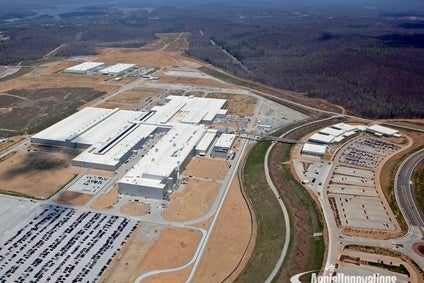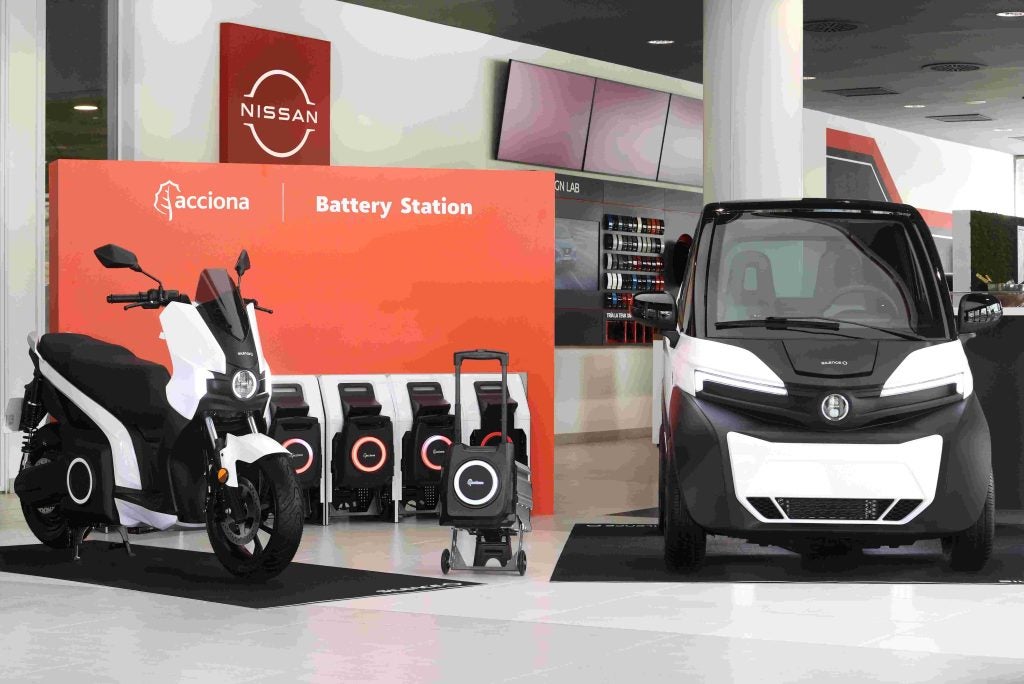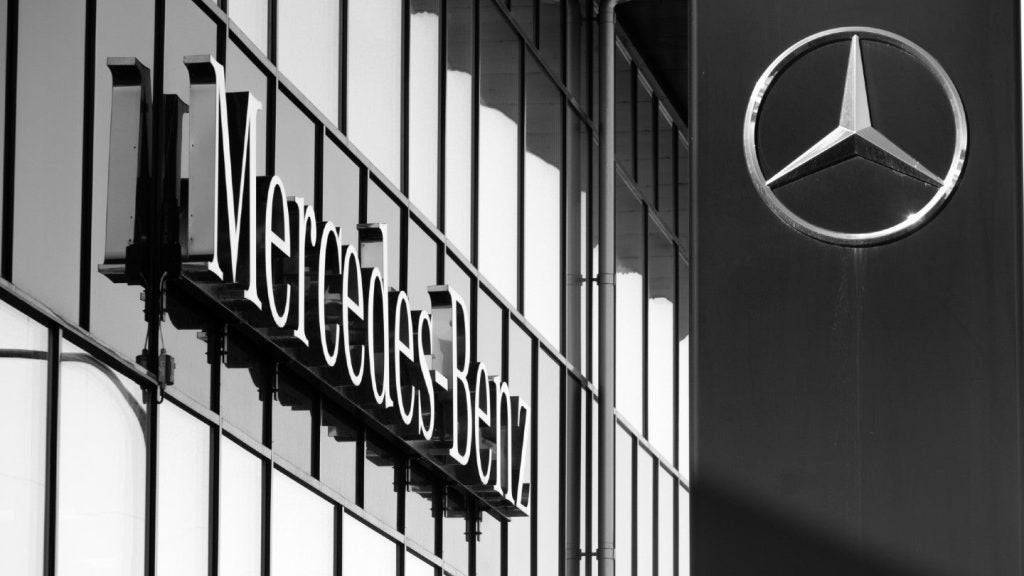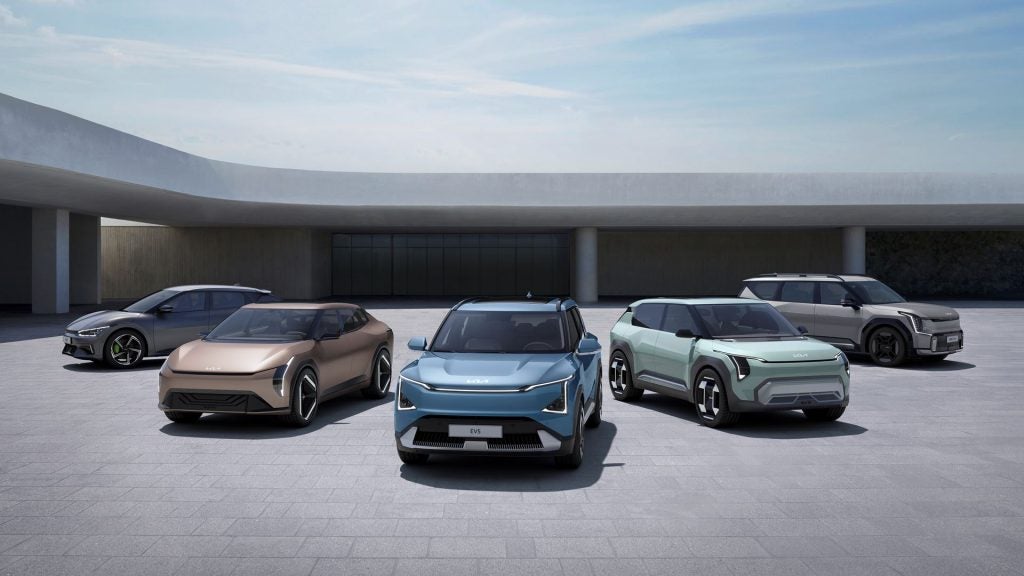
The diesel share of the western European new car market stands at around 40% and in some markets is even higher – France is over 50%. Diesels have been boosted in recent years by significant technology improvements and the rising diesel share trend looks set to continue as market acceptability to diesel rises. Some manufacturers are better placed than others to benefit. Neil Winton reports.
Diesel-powered car sales are setting records in Europe and look like notching up even more over the next three years. Manufacturers which spotted the trend early like Volkswagen of Germany and France’s Peugeot will continue to bring smug smiles to their shareholders’ faces. Suppliers like Delphi Automotive, Denso and Siemens, in the vanguard of diesel technology, are also reaping the rewards.
Some carmakers have lagged
Carmakers including Fiat, Nissan, General Motors and Honda, which failed to spot the smouldering European love affair with diesel, are now paying the price for their lack of vision. These are the conclusions of a report by investment bankers Schroder Salomon Smith Barney (SSSB) published this month.
SSSB also reckons that even US car buyers might embrace diesel technology, although not any time soon. Asia could be a big market, while luxury buyers are becoming unlikely diesel suitors, as companies like BMW and DaimlerChrysler’s Mercedes offer exotic V8 and six-cylinder oil-burning power plants. VW has plans to offer a V10 diesel in its upcoming Phaeton luxury car and Touareg SUV.
How well do you really know your competitors?
Access the most comprehensive Company Profiles on the market, powered by GlobalData. Save hours of research. Gain competitive edge.

Thank you!
Your download email will arrive shortly
Not ready to buy yet? Download a free sample
We are confident about the unique quality of our Company Profiles. However, we want you to make the most beneficial decision for your business, so we offer a free sample that you can download by submitting the below form
By GlobalDataDiesel forecasts revised up
SSSB has been forced to rip up and raise its diesel forecasts, but according to research by British industry newsletter Automotive Industry Data (AID), the forecasts are still not big enough.
“SSSB reckons that diesel’s share of the western European car market will reach 45% in 2005” |
“We now expect diesel sales to reach nearly seven million units in 2005, up from 5.3 million in 2001, as diesel’s share of the market rises form 36 per cent to 45 per cent,” the report said. “We expect diesel car sales in western Europe to grow 30 per cent over this four-year period, while the overall market advances only 3.5 per cent. Our estimates are based on a long-run average oil price of $18 per barrel. A sustained period of higher oil prices would likely prove more supportive.”
AID believes that this is still understating diesel’s development and that by 2005, if not earlier, diesel penetration will hit 50%.
SSSB considers that diesel will eventually run out of momentum at 50 per cent, not least because gasoline direct injection engine technology will almost match diesel economy and performance. In the report, SSSB said companies leading the way in diesel technology were able to make bigger profits.
“Last year’s new diesels achieved an 8 to 10 per cent price premium,” the report said.
“Peugeot-Citroen (PSA) and VW were the best performers” |
PSA and Volkswagen lead the European diesel market
“We expect PSA and VW to be the main beneficiaries. In 2001 they had leading 26 per cent and 19 per cent European diesel car market shares and generated around half of their European sales and probably over 60 per cent of their European profits from this area,” according to SSSB.
“Renault, Toyota and Ford are also well positioned now following major capacity expansion and product initiatives in 2001. Honda, Fiat, Nissan and GM trail behind,” the report said.
Fuel-injection suppliers will continue to benefit too
Forward-looking suppliers will benefit. “Fuel-injection suppliers should enjoy faster growth than the market overall as carmakers switch to high-value common rail systems. Delphi Automotive, Denso and Siemens are likely to be major beneficiaries. We also expect strong growth from Beru, the market leader in diesel cold-start systems, as well as from BorgWarner, a leading player in turbochargers, and Faurecia a leader in particulate traps,” SSSB said.
Small cars lead the diesel switch
AID research shows that the popularity of diesel has been fuelled by the popularity of high-tech, frugal diesels in small cars previously dominated by petrol engines. The only cloud on the horizon to thwart this trend would be a sudden and large extra tax burden on diesel power. According to SSSB, this is unlikely.
“Looking forward, we do not envisage major changes to fiscal policy across western Europe in relation to diesel/gasoline cars, although if there is change we reckon it will most probably be in diesel’s favour as technology advances reduce the negative (environmental) concerns,” SSSB said.
Third generation common-rail will be even better
The growth of diesel power has been based on advancing technology, which added performance and quietness to the already proven economy. In 1997 Bosch’s first generation “common-rail” diesel system appeared in the Alfa Romeo 156 and Mercedes-Benz C-class. The first generation system allowed injection pressures of 1,400 bar, while the second-generation system currently being supplied for the Mercedes E-class operates at 1,600. The third generation system planned for 2005 operates at 2,000 bar. This means that under higher pressure smaller fuel droplets are generated, providing more efficient air/fuel mixture and more complete combustion. Additionally, fuel economy should benefit from lightweight aluminium engine blocks and more compact injector systems.
Health concerns receding
According to SSSB, advancing technology will also marginalise critics from the environmental lobby, who say that diesels emit a dangerous amount of particulates believed to be a respiratory disease and cancer risk. “Particulate health concerns should recede from here with the arrival of low sulphur fuel and traps which capture and incinerate those particles still remaining,” SSSB said. Peugeot is leading the way with its particulate trap on its big 607 model.
Emission targets provide incentive
Manufacturers have also been spurred on to improve the technology and take-up of diesels because they must meet tough new emission standards in Europe. The European Commission has formally accepted the European Car Manufacturers Association’s (Acea) proposal to cut carbon dioxide emissions for new cars to an average 140 grams per kilometre by 2008, a hefty 25 per cent cut over 10 years from 1995’s 186 grams per kilometre.
The ACEA is determined to make this target. Failure will incur the wrath of various car-hating “green” political parties across Europe who will exact a stinging financial penalty given the chance.
Big growth areas for diesels will be small car and luxury vehicle segments
According to SSSB, the big growth areas for diesels will be in the small car and luxury vehicle segments. “We expect that the fastest growth in diesel sales over the next five years will be in the segments where diesel share has been lowest. We envisage that
“…diesel’s share of the small car sector will double over the next five years.” |
SSSB also expects emerging markets to provide healthy sales, which could double to around six million by 2010 with the greatest potential in Asian markets like India.
Diesel share in US will grow, but don’t hold your breath
Even the US might jump on board the bandwagon, but don’t hold your breath. Diesel engines power around 86% of trucks in the US, 100% of buses, but only 5% of light trucks and less than 1% of cars. A diesel version of the Mercedes E-class is now being offered for sale in the US, and the PT Cruiser. VW offers diesel power in its US versions of the Jetta, Beetle, and Golf.
SSSB though doesn’t offer any firm forecasts for US consumers and diesel engines. This isn’t surprising given that fuel costs in the US are less than half Europe’s. Imagine what would happen to a US government seeking to change that?







